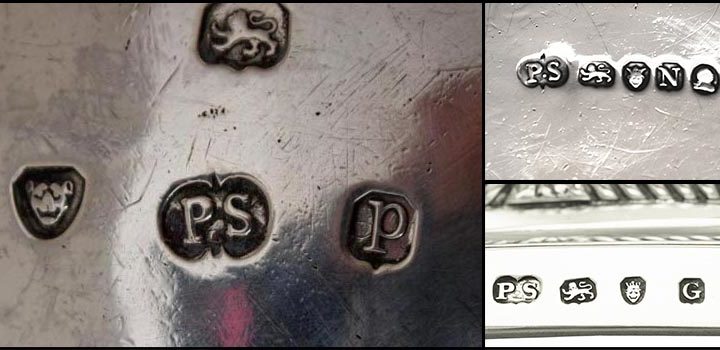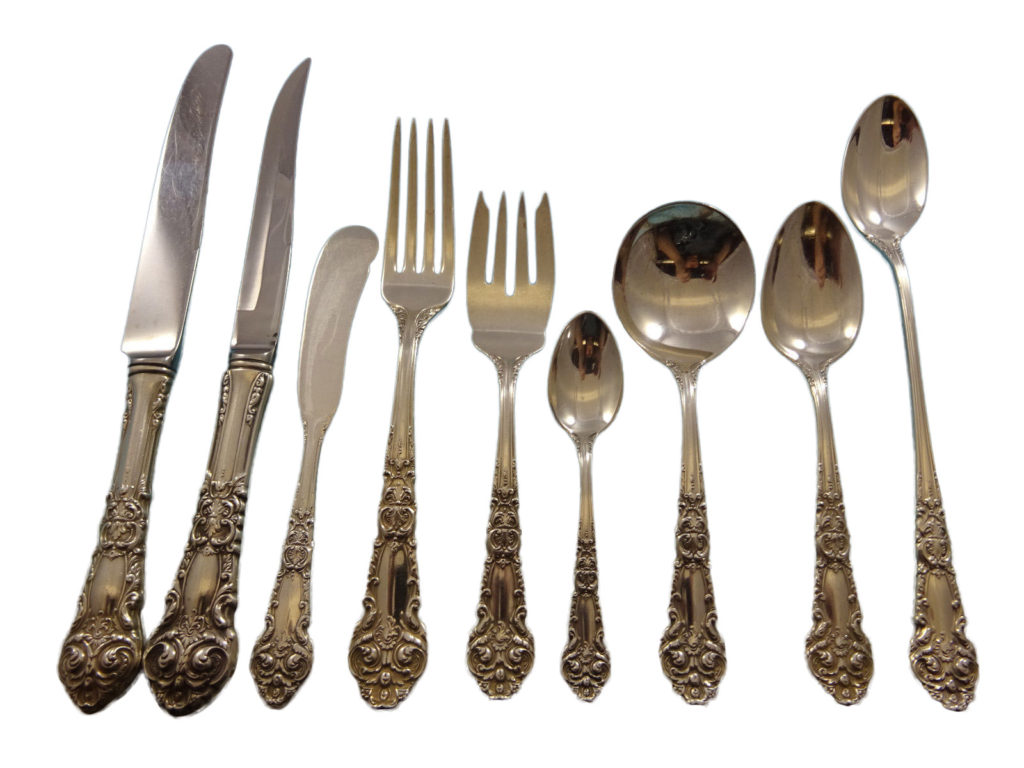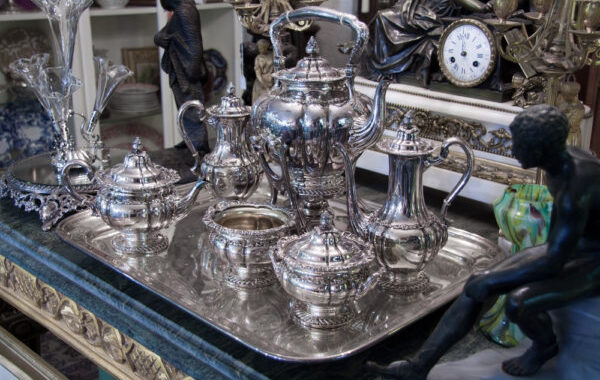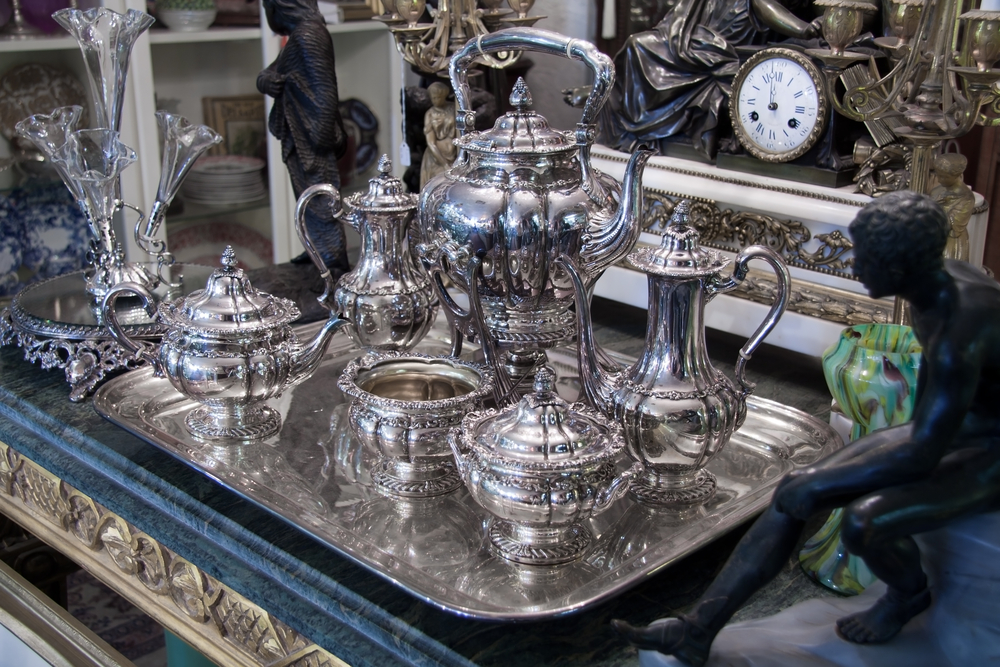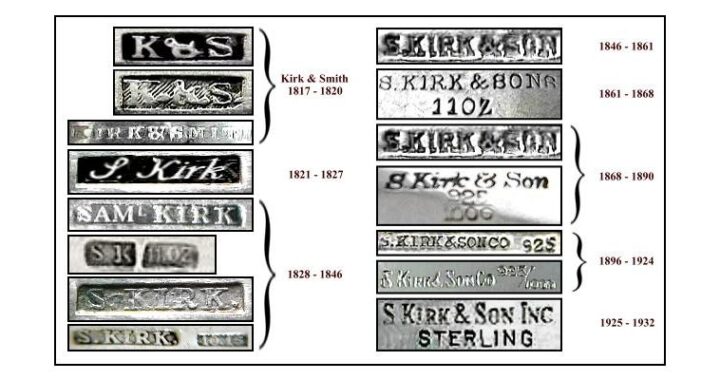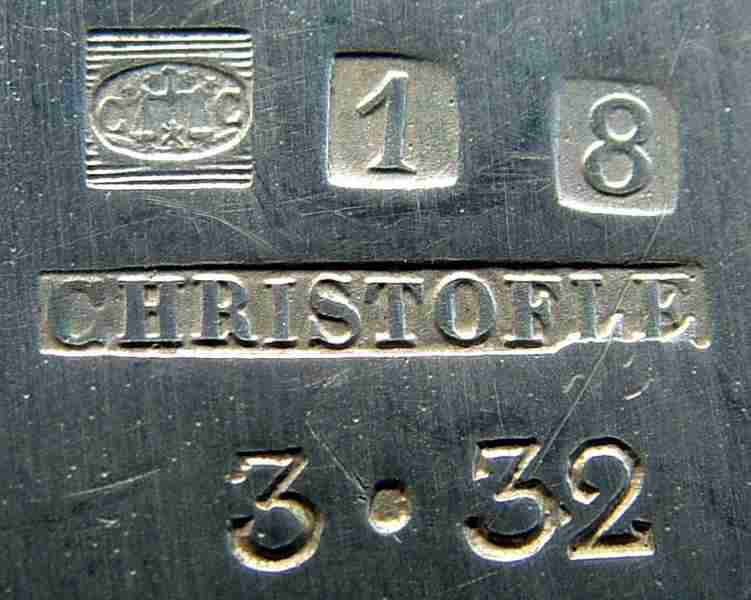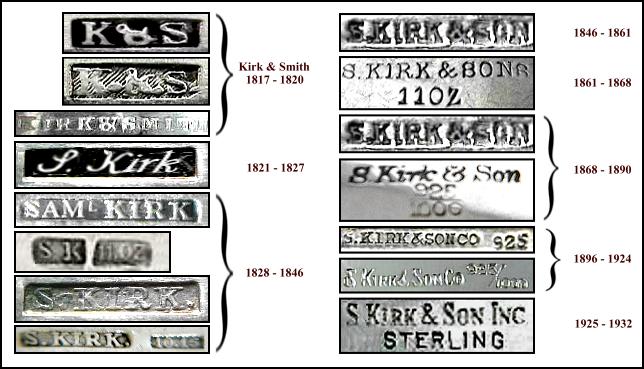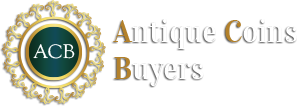Craftsmen specialize in a trade. They work for many years to perfect their skill and develop their own personal style. Throughout history some craftsmen or craftswomen stand out from the crowd and become famous. The most legendary of silver smiths are Paul Storr, Hester Bateman, and Paul de Lamerie. They had set themselves apart; commissioned to create pieces for some of the wealthiest in history. As a result, their works are still some of the most highly sought after for antique silver buyers and collectors. If you have one of their sterling silver pieces, you have a high value item rooted in a rich history.
Who Was Paul Storr?
Paul Storr was a protégé. He began his apprenticeship at age 14. Most apprentices are bound to their masters for years, often until the age of 21. At that time, Storr entered a partnership, but quickly began marking with his own personal stamp using his own initials when he was just 21 years old. He was best known for his commemorative pieces and they were always embellished lavishly.
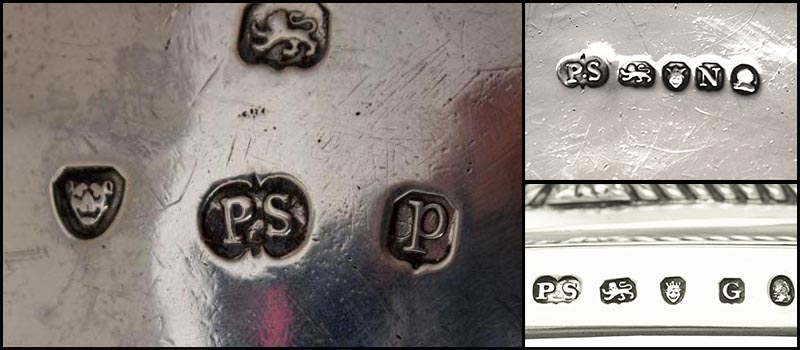
During the late 18th Century until his death in 1844, Paul Storr was an accomplished English silversmith who was commissioned by many of the aristocratic society, even King George III. There are around 500 known works of his still around today and each one of them highly prized. To give you a good idea of what his works are actually worth, an unaltered tureen, which is a pot used for serving soup, can go for $70,000 at auction.
Who Was Hester Bateman?
Hester Bateman was also an English silver smith. Her career was from 1761 to 1790. She inherited the precious metal working business from her deceased gold smith husband, but she had great talent herself. And she successfully kept the family company going strong with the help of her sons, grandsons, and even great-grandsons! Unlike most men who would learn their trade through apprenticeship, Bateman learned by watching her husband. Her skill allowed her to be commissioned by many of the large firms in the area, but given that she was a woman and her reputation was spreading fast, they often stamped over her maker’s mark for many of her early years.
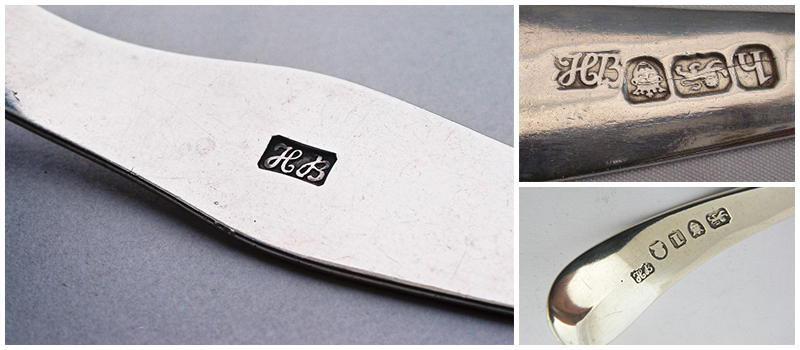
The last 10 years of her 30 year career proved her identity as a Master Silver Smith and that no one could keep her simply elegant style covered up. There are an estimated 11,000 pieces that were crafted during her career. Most of them she designed and priced with the middle class in mind, something not many silversmiths were doing during that time.
Who Was Paul de Lamerie?
Another one of the English silversmith greats, de Lamerie had an earlier start. Some say he is the “greatest silversmith of the 18th Century”. He came from the Huguenot family, precious metal workers from France who fled to London where Paul got his start. In 1712, he established his own shop. He is known for his exquisitely lavish attention to detail and a personal, intricate version of the French Rococo style.
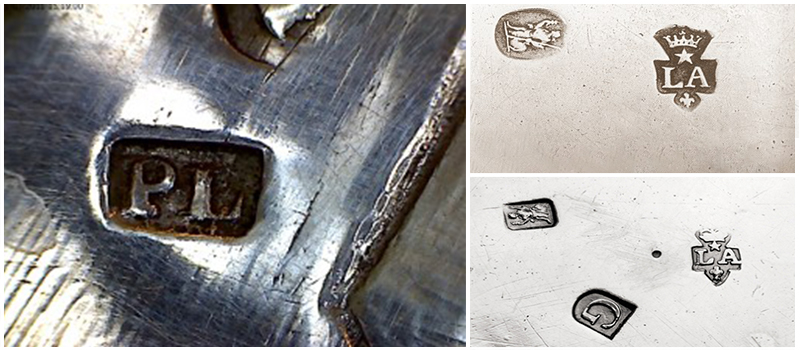
His maker’s mark is probably the most highly sought after in antique silver markings. One of his tureens is priced retail right now at $335,000.
If you have a silver piece, you need to know its value. An antique silver dealer will be able to evaluate your item and most importantly tell you if it is antique silver 925. They are able to provide you with the rich history of your piece(s) and conduct appraisals. Even if your item does not carry one of these three silversmith marks, you may still have a very valuable item.
Preserving a Rich Legacy
The artistry of Paul Storr, Hester Bateman, and Paul de Lamerie has left an indelible mark on the world of silversmithing. Their skillful craftsmanship, dedication to their craft, and ability to capture the essence of their times are evident in every piece they created.
Paul Storr’s Signature Touch
Paul Storr’s journey from apprentice to celebrated silversmith was marked by innovation and creativity. His intricate designs and attention to detail earned him a reputation as a master of his trade. His commemorative pieces, often adorned with lavish embellishments, reflected the grandeur of aristocratic society that commissioned them. These pieces not only showcased his exceptional technical skills but also served as tokens of historical significance. Today, owning a Paul Storr sterling silver piece is like holding a tangible piece of history – a testament to the opulence and elegance of the past.
Hester Bateman’s Legacy of Excellence
Hester Bateman’s story is one of resilience and determination. In an era when female artisans were often overshadowed, she defied expectations and emerged as a prominent figure in the world of silversmithing. Learning her craft by observing her husband’s work, she transformed her inherited business into a flourishing enterprise. Despite challenges and gender biases, her elegant designs and quality craftsmanship earned her recognition among large firms and patrons. Her journey highlights the power of talent and perseverance, and her legacy lives on through the numerous pieces she created, catering to the tastes of the middle class.
Paul de Lamerie’s Masterful Creations
Paul de Lamerie’s intricate and lavish designs have solidified his position as one of the greatest silversmiths of the 18th century. His mastery of the French Rococo style and meticulous attention to detail set his work apart. The Huguenot heritage that he brought to London enriched the city’s silversmithing tradition, and his creations reflected a fusion of influences. The rarity and desirability of his maker’s mark showcase his lasting impact on antique silver collections. Each of his pieces is a window into a world of luxury and refinement, capturing the essence of a bygone era.
Discovering the Worth of Your Treasure
If you are fortunate enough to possess a silver piece attributed to Paul Storr, Hester Bateman, or Paul de Lamerie, you hold a treasure of historical and artistic value. The craftsmanship of these legendary silversmiths has stood the test of time, and their works continue to captivate collectors, historians, and enthusiasts alike. If you wish to unveil the true worth of your silver piece, seeking the expertise of an antique silver dealer is invaluable. These experts can provide not only an appraisal of its monetary value but also insights into its historical context and significance. While pieces bearing the marks of these master silversmiths are especially sought after, even if your item doesn’t carry their marks, it could still hold considerable value based on its craftsmanship, design, and era. Owning a sterling silver piece by Paul Storr, Hester Bateman, or Paul de Lamerie is akin to holding a piece of art and history in your hands. Their legacies continue to shine brightly, and each of their creations is a testament to the enduring appeal of exquisite craftsmanship.

